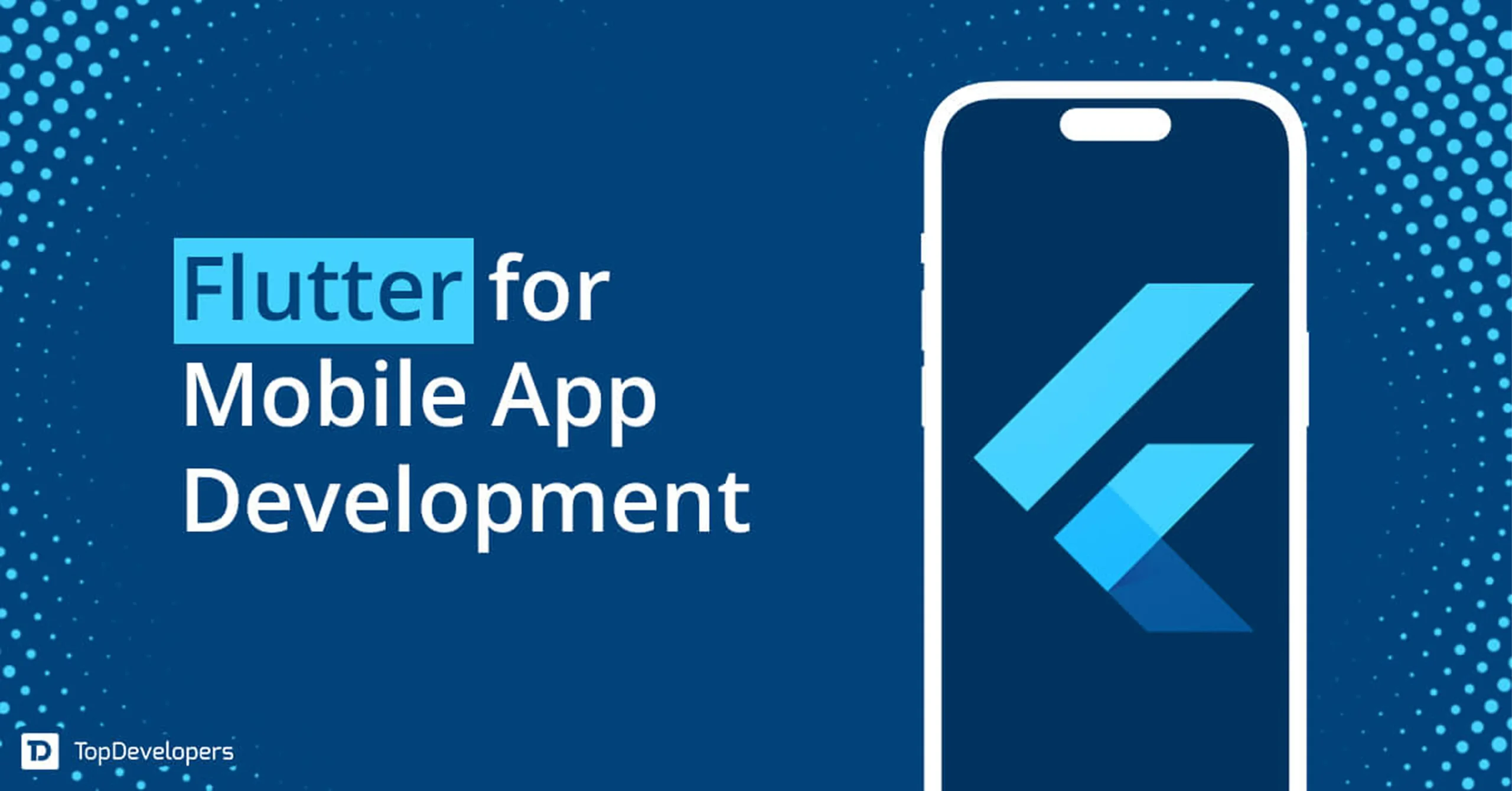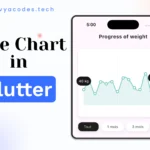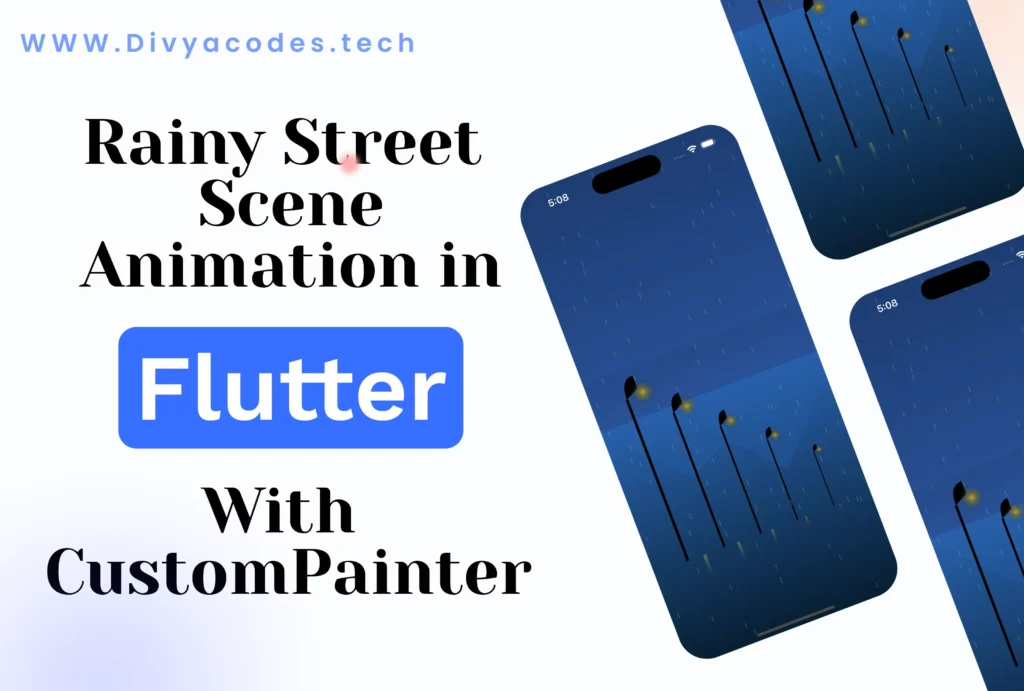As your Flutter app evolves — expanding in features, codebase, and user count — scalability becomes just as important on the frontend as it is on the backend. A bloated or poorly optimized UI layer can lead to sluggish performance, memory leaks, or crashes, especially on lower-end devices.
In this guide, I’ll walk you through practical strategies and best practices I use to scale Flutter apps to production-level complexity — while keeping them modular, maintainable, and performant.
1. Clean Architecture & Modularization
Why it matters:
As the codebase grows, mixing business logic and UI becomes a maintenance nightmare. Modular architecture enables feature isolation, testability, and faster builds.
Approach:
- Organize the app by features (
auth,profile,orders, etc.). - Each feature has layers:
- Data (repositories, APIs)
- Domain (use cases, entities)
- Presentation (UI, state)
Sample folder structure:
bashCopyEditlib/
├── core/ # Global utilities and base classes
├── features/
│ ├── auth/
│ │ ├── data/
│ │ ├── domain/
│ │ └── presentation/
│ ├── profile/
│ └── ...
Each module can be developed and tested independently. You can also lazy-load them to save memory and improve performance.
2. Scalable State Management with Bloc
Why Bloc?
It separates business logic from UI, supports stream-based updates, and scales well with complexity.
Example:
dartCopyEditBlocProvider(
create: (_) => AuthBloc()..add(CheckLoginStatus()),
child: LoginPage(),
)
Bloc ensures that only active features consume resources, a key benefit when building large apps.
💡 Alternative: If Bloc feels heavy for small widgets, use Cubit, Provider, or Riverpod for lightweight needs.
3. Lazy Loading and Code Splitting
Avoid loading everything at once. Load features, routes, or assets only when needed.
Example for lazy route loading:
dartCopyEditonGenerateRoute: (settings) {
if (settings.name == '/profile') {
return MaterialPageRoute(
builder: (_) => FutureBuilder(
future: loadProfileModule(), // Load feature dynamically
builder: (_, snapshot) =>
snapshot.connectionState == ConnectionState.done
? ProfilePage()
: CircularProgressIndicator(),
),
);
}
}
This keeps startup times low and reduces RAM usage.
4. Efficient Networking & Local Data Caching
When serving millions, network efficiency is critical.
Best Practices:
- Use Dio for advanced HTTP handling with interceptors.
- Add cache layers using
DioCacheInterceptoror your own solution. - Store local data using Hive, ObjectBox, or SharedPreferences.
- Implement pagination to avoid over-fetching.
Example:
dartCopyEditfinal dio = Dio()
..interceptors.add(LogInterceptor())
..interceptors.add(MyCacheInterceptor());
final box = await Hive.openBox('userData');
box.put('user', userJson);
5. Performance Monitoring
Don’t wait for users to report lags or crashes — track them proactively.
Tools:
- Firebase Performance Monitoring – track rendering, slow traces, and cold starts.
- Sentry or Crashlytics – for crash reporting and error logging.
Example (Firebase Trace):
dartCopyEditfinal trace = FirebasePerformance.instance.newTrace("profile_load_time");
await trace.start();
// load profile
await trace.stop();
Use this data to find bottlenecks and regressions early in development.
6. Dependency Injection with GetIt
Managing services globally without tightly coupling them makes your app more modular and testable.
Setup Example:
dartCopyEditfinal getIt = GetIt.instance;
void setup() {
getIt.registerLazySingleton<AuthService>(() => AuthServiceImpl());
}
With GetIt, you can defer the initialization of heavy services until they’re truly needed.
7. Optimized UI Rendering
Smooth UIs aren’t a luxury — they’re a necessity.
Rendering Tips:
- Use
constconstructors wherever possible. - Split large widgets into small reusable components.
- Use
BlocSelectororSelectorto rebuild only affected widgets.
Example:
dartCopyEditBlocSelector<AuthBloc, AuthState, String>(
selector: (state) => state.username,
builder: (context, username) {
return Text('Hello, $username');
},
)
8. Background Processing with Isolates
Avoid blocking the main thread for tasks like:
- Parsing large JSON
- Heavy computations
- File uploads or compression
Use Dart’s compute() or Isolate API:
dartCopyEditFuture<List<User>> parseUsers(String jsonStr) {
return compute(_parseUsers, jsonStr);
}
List<User> _parseUsers(String json) {
final list = jsonDecode(json) as List;
return list.map((e) => User.fromJson(e)).toList();
}
This ensures the UI remains smooth and responsive.
Final Thoughts
Scaling a Flutter app is about smart architectural choices, not just adding code. Whether you’re preparing for millions of users or just planning ahead, these strategies will help you:
- Avoid performance bottlenecks
- Improve maintainability
- Reduce crashes and memory pressure
- Deliver a smooth user experience across all devices
By following these principles, you ensure your Flutter app remains robust, efficient, and production-ready — now and in the future.




